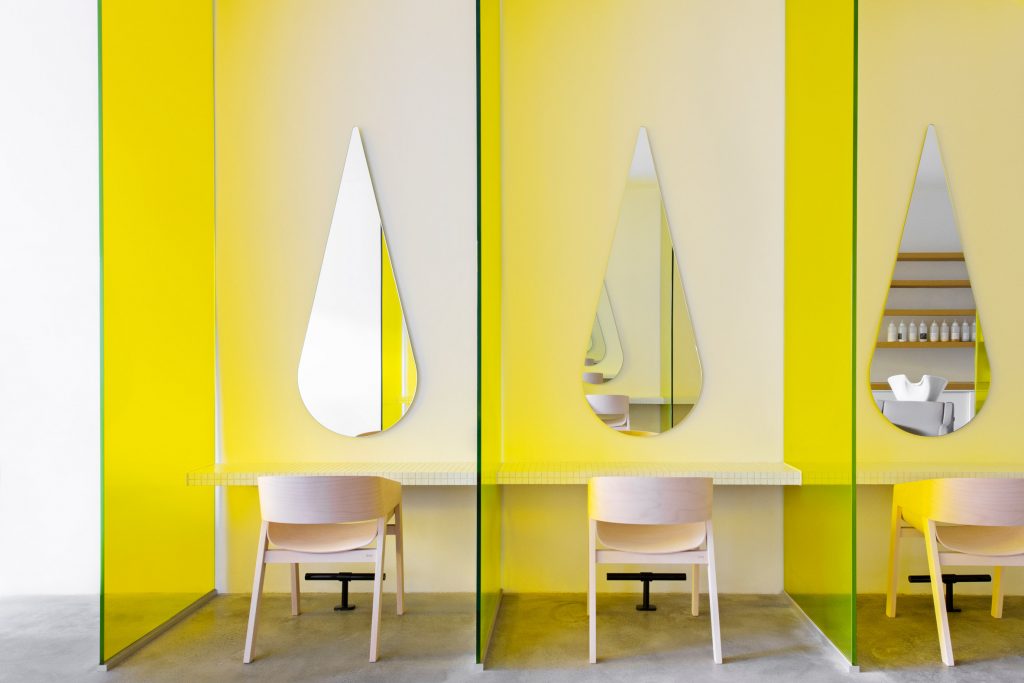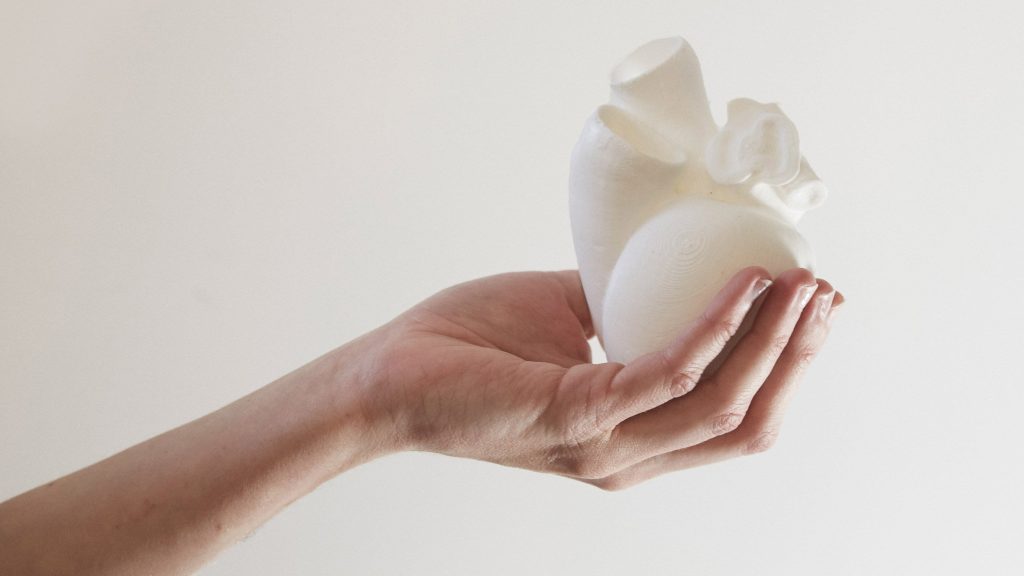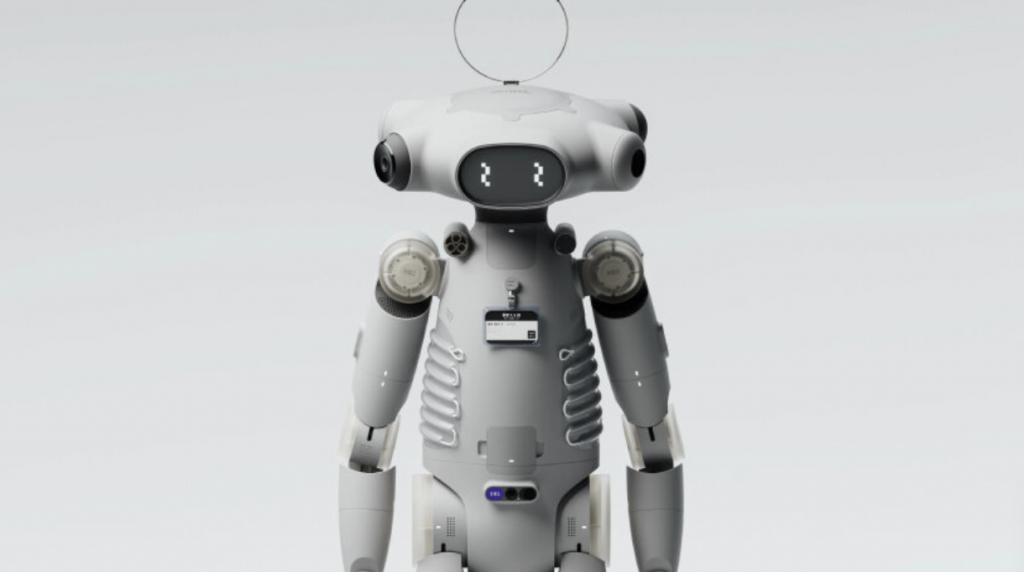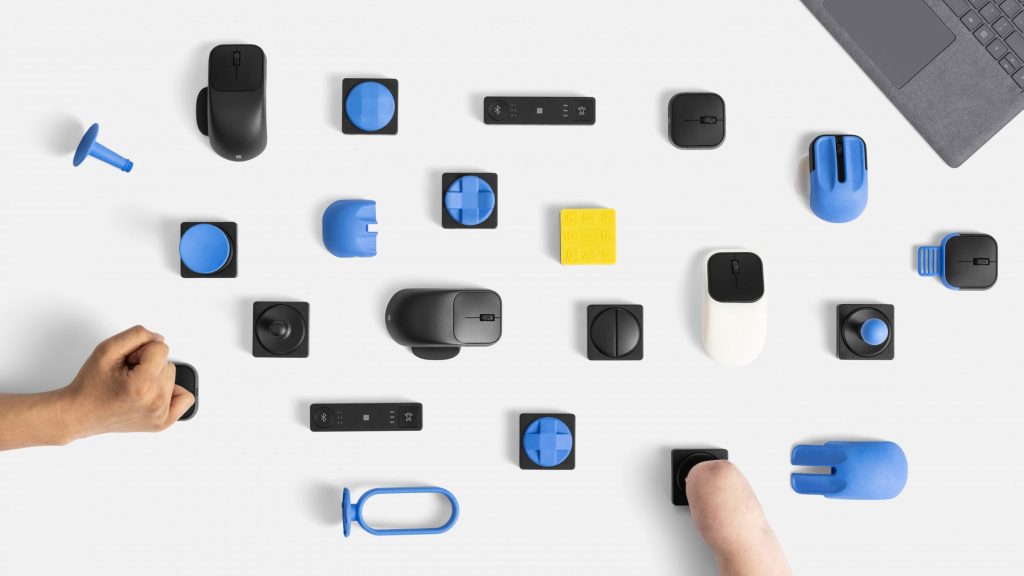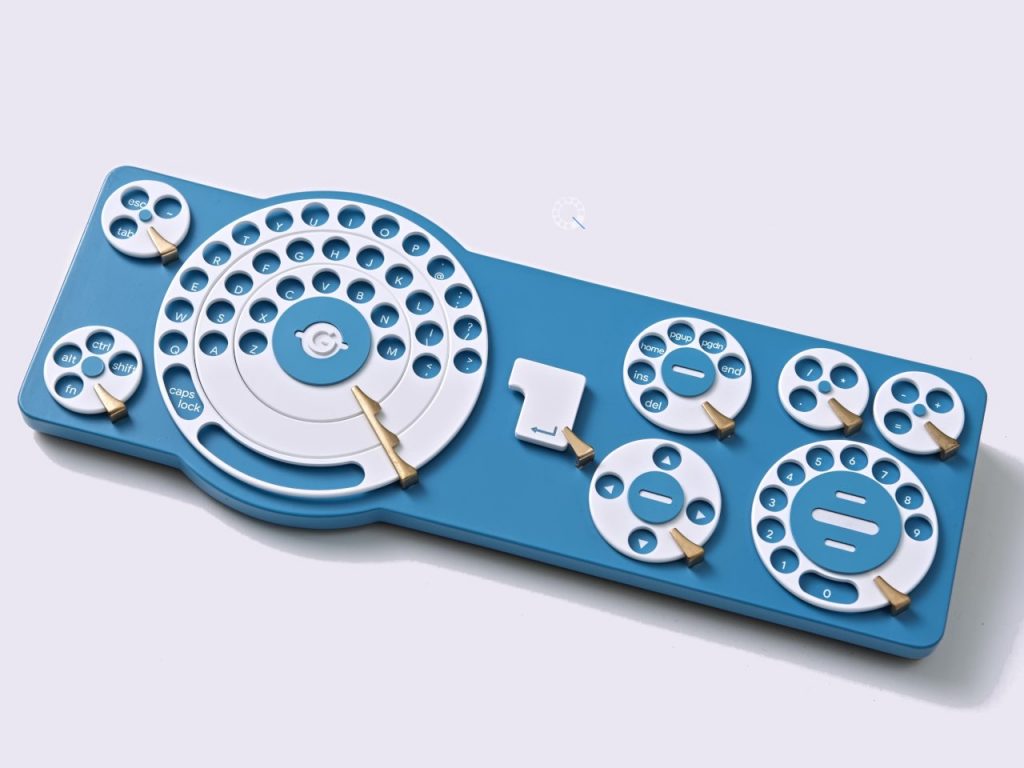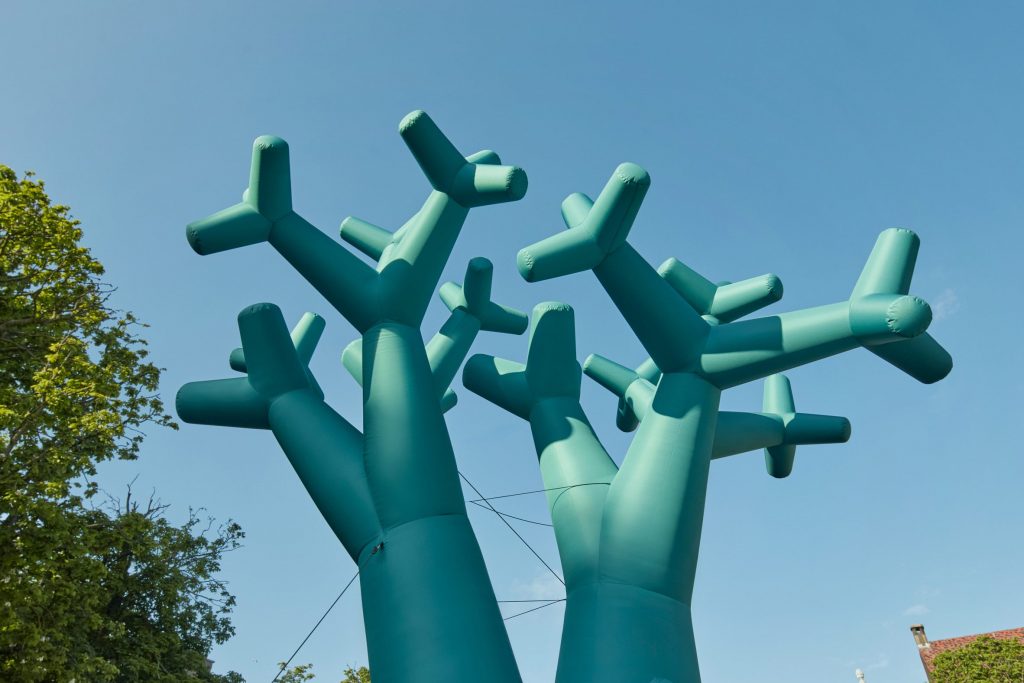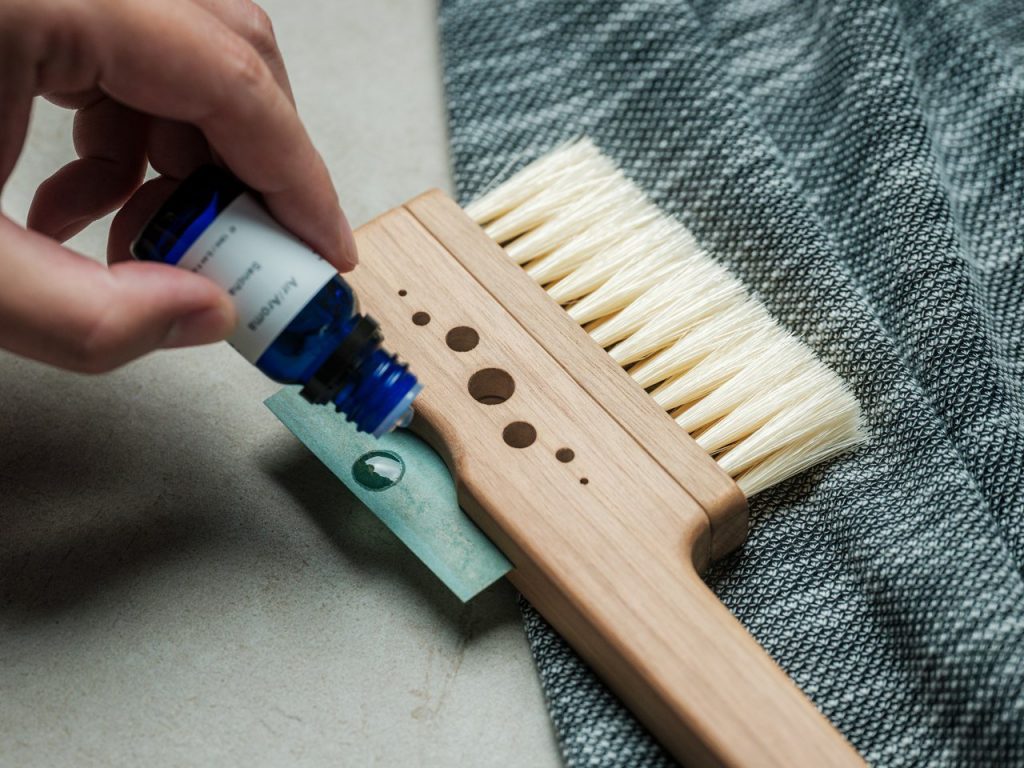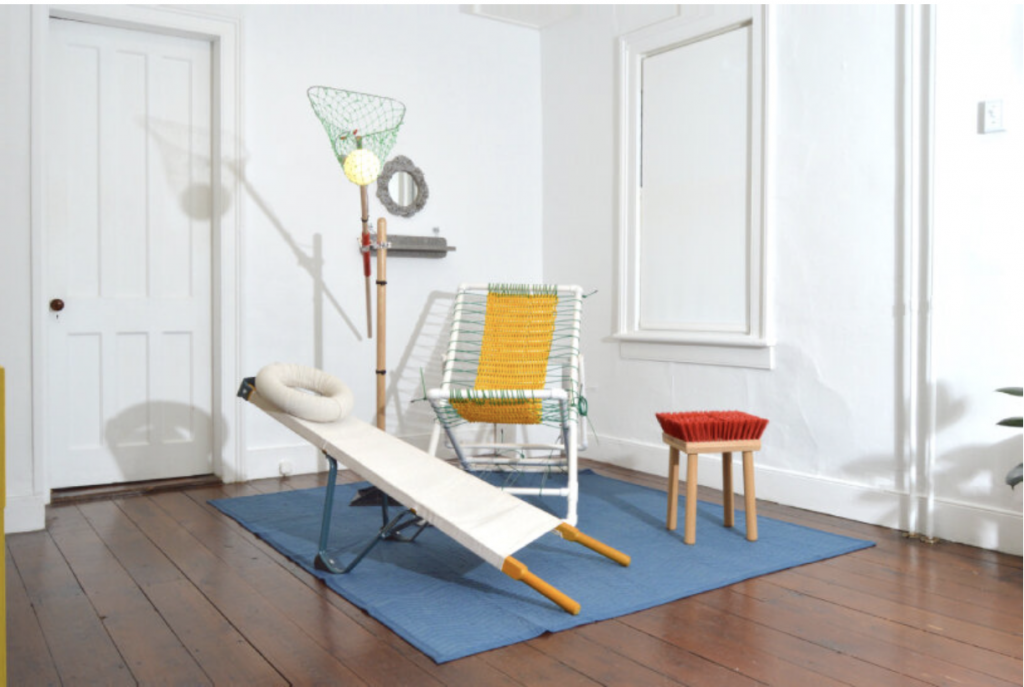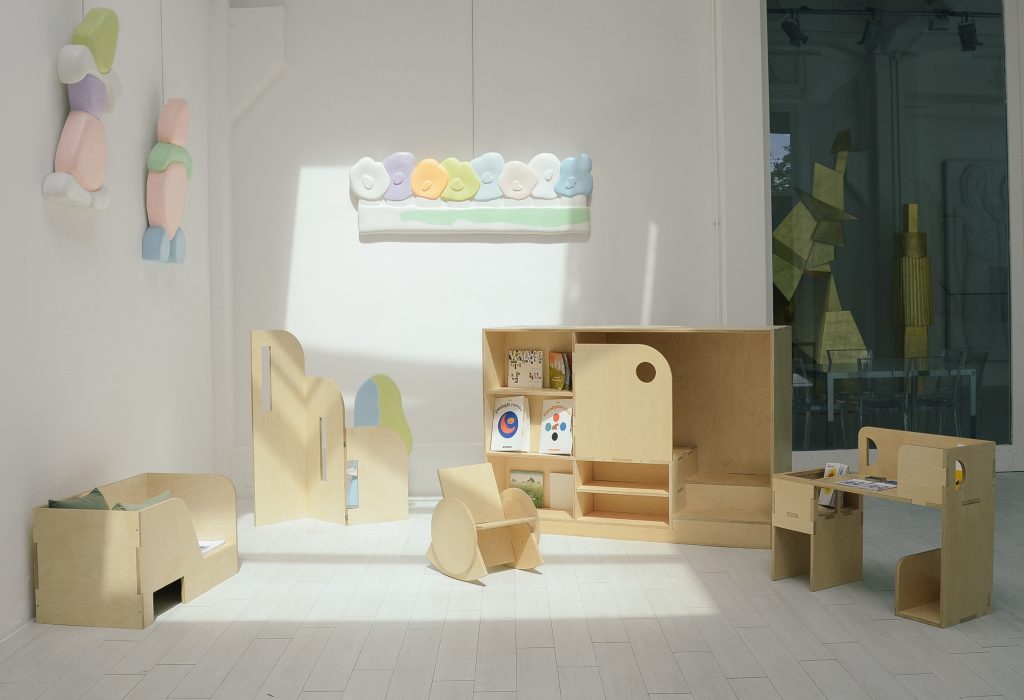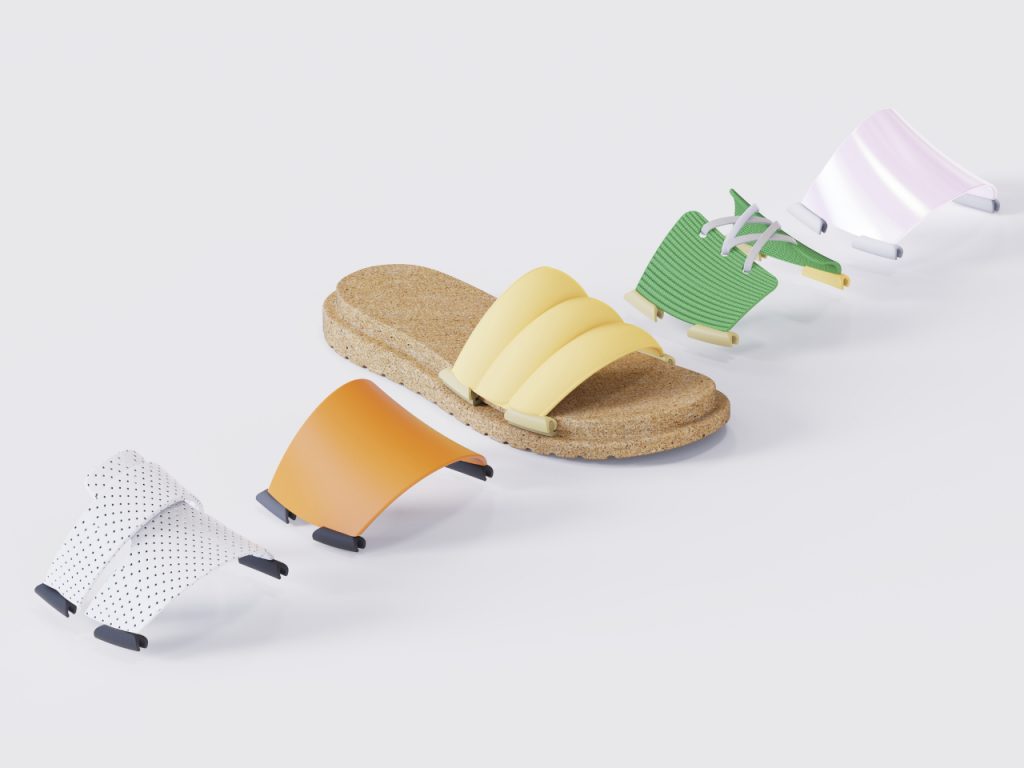Gone are the days when a trip to the hair salon meant fluorescent lights, black leather chairs, and the hum of hairdryers in sterile surroundings. Today’s salon experience is as much about atmosphere as it is about aesthetics. Around the world, designers are reimagining these everyday spaces with inventive layouts, bold materials, and artistic flair transforming them into immersive environments that tell a brand’s story as vividly as a perfect balayage.
